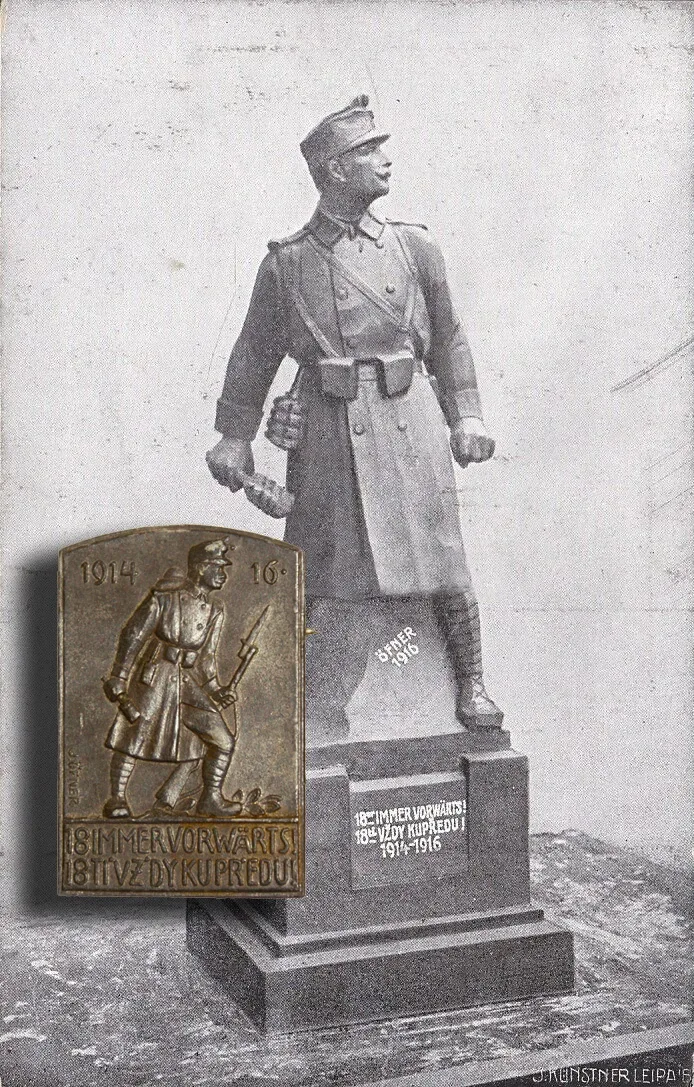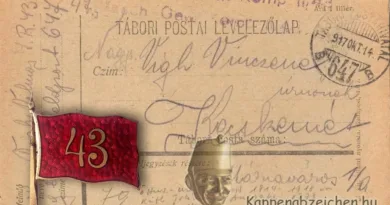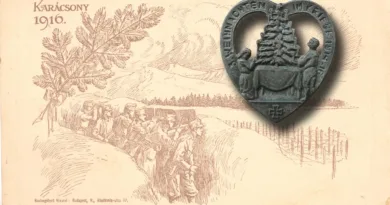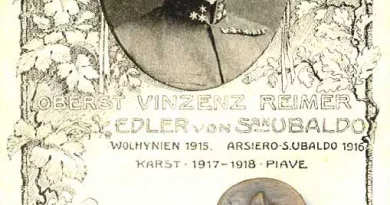IR 18
The 18th Infantry Regiment was founded in 1682 to ward off the expected Turkish attack on Vienna. The regiment’s supplementary area was north-eastern Bohemia, with its headquarters in Königgrätz. The regiment consisted mostly of Czech crews, a quarter was native German. The regiment’s owner was Archduke Leopold Salvator artillery general, who was the superintendent of the artillery of the Monarchy during the war. Organizationally, the regiment belonged to the IX. Corps and the 10th Division along with other Czech regiments.
The regiment was first deployed in Galicia during the Great War. In the fall of 1914, he fought along the San River near Jaslo. In November, the IX. corps was also pushed back into the Carpathians. From here, most of the army moved out with the Gorlice breakthrough. After the persecution of the Russians, the regiment took up a defensive position near Konstantinowka until the beginning of 1916. In March, the regiment was transferred to the Italian front, to Bozen. From there he joined the Tyrolean offensive of the Monarchy during May-June 1916. They fought on the Mont Mandrielle, Mont Cingarella and Monte Zebio sections. After the offensive drowned out, the regiment settled in the Asiago and Pozza districts on the Seven Municipalities Plateau. In December 1916, he returned to the Russian front, around Kadiscze. During 1917 he took part in trench struggles and then in October 1917 moved to the vicinity of Tarnopol, to Bukovina. After the collapse of Russia, he became one of the troops occupying Ukraine, arriving in Odessa.
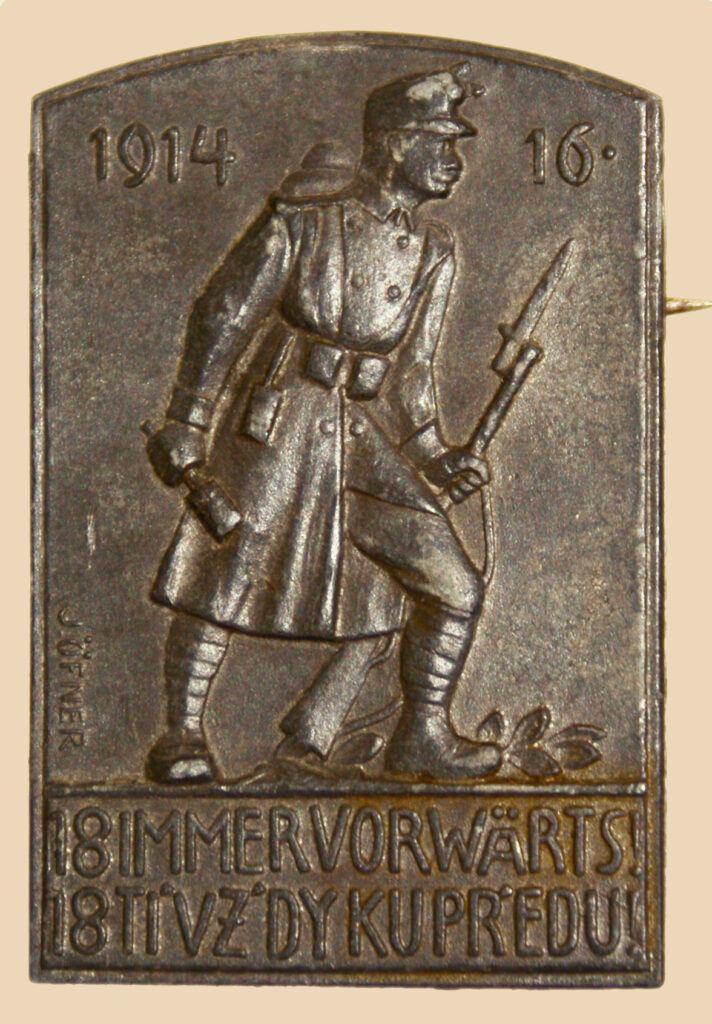
At the end of the war, the 18th Infantry Regiment was transferred to the Serbian front, which had become dangerous again. He arrived in Kragujevac, but immediately retreated to the Hungarian border in October 1918. The regiment then returned to Czechia, where it was disarmed. The regiment was re-established in May 1919 as part of the newly formed Czechoslovak army. It was deployed on May 21 in the vicinity of Kassa and Miskolc. The Czech occupation troops were expelled by the Hungarian army (mainly the remains of the then disbanded Szekler division) towards western Slovakia, liberating the eastern half of the Upperlands. Further events already go beyond the theme of the site. It is believed that the 18th Regiment later returned and participated in the “pacification” of the eastern part of the newly established state.
The badge of the regiment is very similar to the shape of a statue on a postcard. Unfortunately, like many others, this regiment and its memories were attempted to be erased from the national memory by the Czechoslovak successor state. So I couldn’t track down the story of the statue on the card. Unlike the 42nd Regiment, also of Czech nationality, the 18th Regiment has a regiment history published well before the Great War. It is possible that this statue served the purpose of a collection organized for the disabled support fund of the regiment. The inscription on the pedestal is the same as on the badge.

